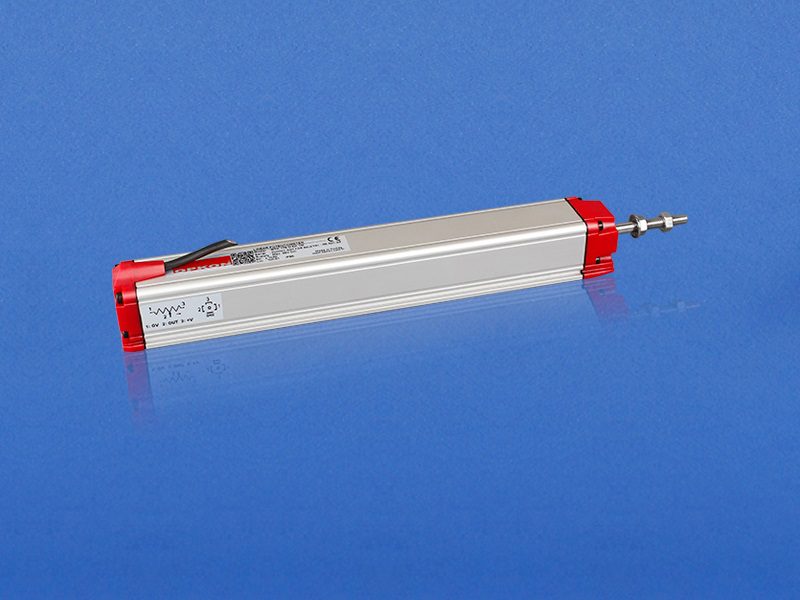
Opkon
ERTK
Part no.: ERTK
Key Features
• Measuring range 30 - 1000 mm
• Long mechanical life 100 million movements
• Excellent repeatability <0.01 mm
• 5 kOhm: 30 ... 600mm, 10 kOhm: 650 ... 1000 mm
Opkon ERTK offers the reliability of Opkons RTK sensor with a traditional voltage or 4-20mA current output
Call us for more info at 856-727-9500
"*" indicates required fields
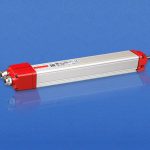
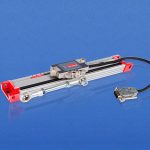


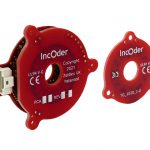

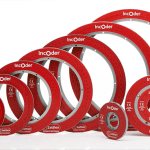

 856-727-9500
856-727-9500